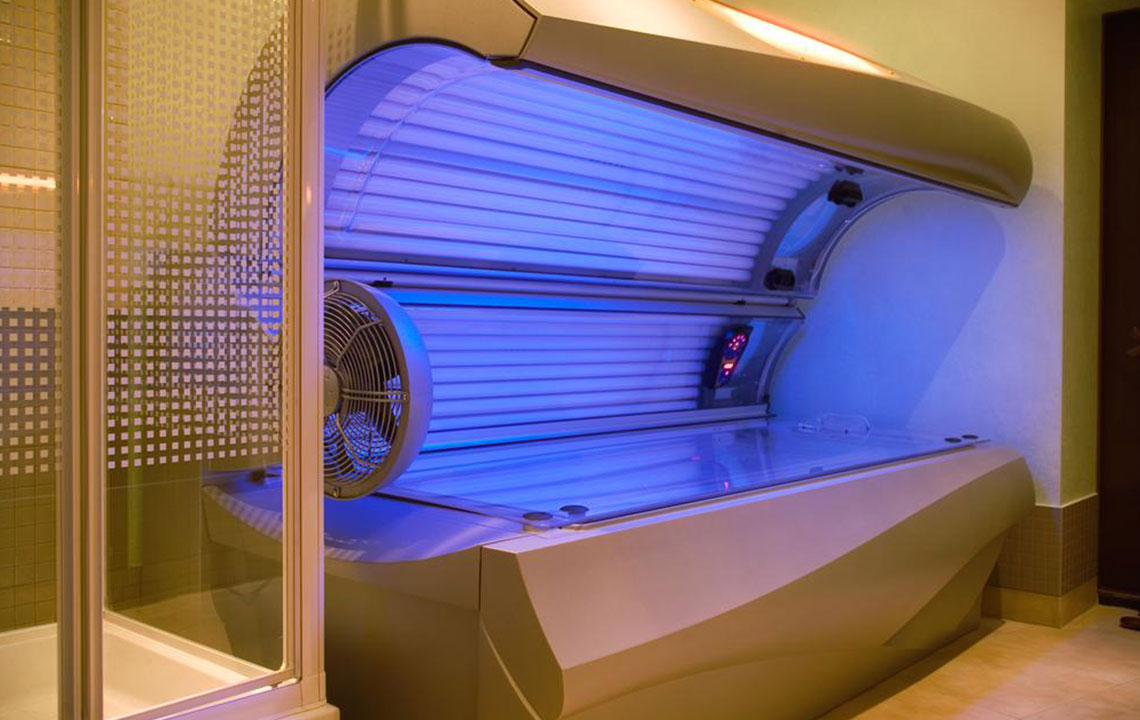All You Need to Know about Sunless Tanning
What is Sunless Tanning?
Sunless tanning is known by other names such as UV-free tanning, spray tanning, fake tanning and even self-tanning.
Sunless tanning is associated with applying chemicals onto the skin that generates effects, similar to what a suntan does.
Our skin is made of two layers, epidermis which is the outer layer and dermis which is the inside layer. When self-tanning products are applied, the reaction occurs in the epidermis. The epidermis is further categorized into further layers.
The lowermost layer is known as the basal layer, which is affected when sun tanning occurs, and in the case of sunless tanning, it is the layer of the epidermis that is affected.

These methods can be adopted for getting a sunless tanning. There are a few natural ways of making your suntan at home or artificial methods like applying sun tanning products that are available on the market or even consuming tanning pills.
The main ingredient in all the sun tans available is DHA ( Dihydroxyacetone), which is a form of a colorless sugar that reacts with the dead cells on the epidermis, and as this reaction occurs, the skin starts to change its color.
Sunless Tanning Methods
Carotenoids : It is one of the safest methods to undergo Sunless tanning through consumption of fruits, such as carrots and tomatoes, that have high antioxidant properties.
These fruits can result in changes in the skin color when consumed in large quantities. The only drawback of this method is that it may take months to get the required skin tone, and so it does not provide immediate results.
Bronzers : This comes in powder as well as gel forms, and is a sunless tanner that immediately turns your skin into the required color until washed off. The bronze powders come in various shades, and you can choose what suits them best.
On the other hand, when applying bronze gels, it can be a tough job, because spreading it entirely and evenly is difficult.
Other types of bronzers available include spray bronzer , which is a good product and can be easily applied with effective results. Stick bronzers are sticks similar to that of a deodorant stick, which can be used directly where the tan is required.
Extenders : Extenders are self-tanning lotions or creams, that are applied to the skin to get the perfect tan glow. These products react with the proteins that exist on the skin’s surface and help in changing the color to a darker one. DHA ( Dihydroxyacetone ) is an example of an extender, and this is the only one that is FDA certified.
Applying extenders is not that easy because when one applies it, it leads to uneven tanning in return. Therefore to solve the issue, you should visit a salon where sunless tanning facilities are available.
Whenever an extender is applied, you should be careful of not inhaling or spraying of DHA induced extender into the eyes, mouth, ears or nose.
Extenders are a good idea, but one should be aware that these products do not protect from UV radiation, (real sun tanning)
Tanning Pills : Tanning pills consist of color additives just like beta-carotene , the same additive that is used for coloring orange carrots. Once tanning pills are consumed, the additives get absorbed in the entire body, particularly the skin and in turn gives it an orange like tan.
Tanning pills however if consumed, causes harmful effects and are not recommended by doctors. Tanning pills contain ‘canthaxanthin’ , which could result in creating of yellow crystals in the eyes and that in turn may cause vision related and liver-related problems.
Tanning Accelerators : These include both lotion and pills, that comprises of the amino acid tyrosine as a constituent. Tyrosine, or its substitute derivatives, are not recommended and are termed as harmful due to accelerating the body’s tanning procedure.
Pros and Cons-Sunless Tanning
Pros
- Eliminates the chance of having skin cancer as there is no direct exposure to sun
- Sunless tanning saves time as it can be done without any hassle, by just applying the sunless tanning products available
- Getting a sunless tan done is a quick and easy process by using bronzers and extenders
Cons
- Risk of getting rashes
- In case of bronzers, they fade away rapidly
- Use of canthaxanthin pills can lead to formation of yellow crystal in the retina of the eye
- Some products and salon appointments, for undergoing sunless tanning can be expensive
Keep in mind the pros and cons and make a decision wisely.

